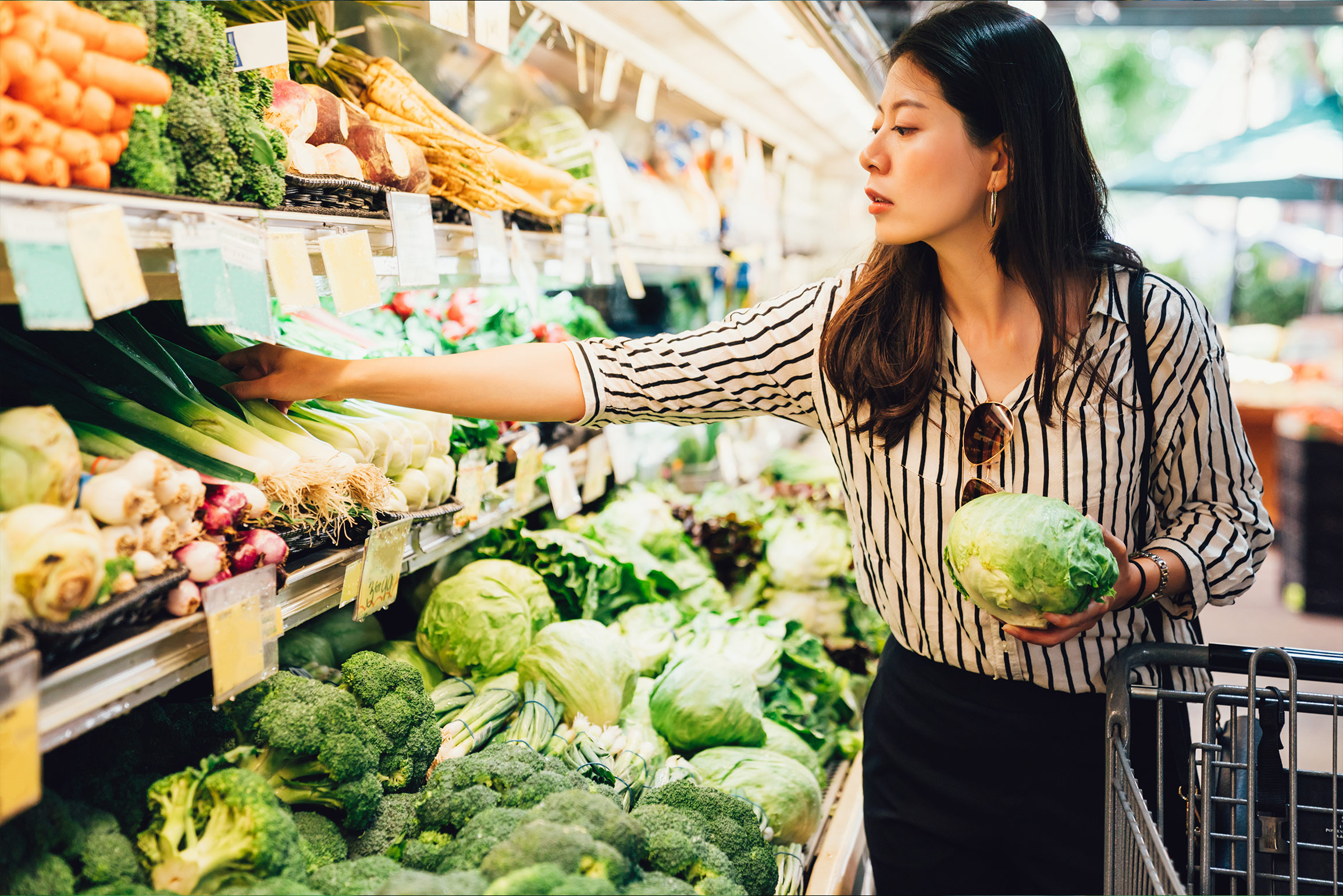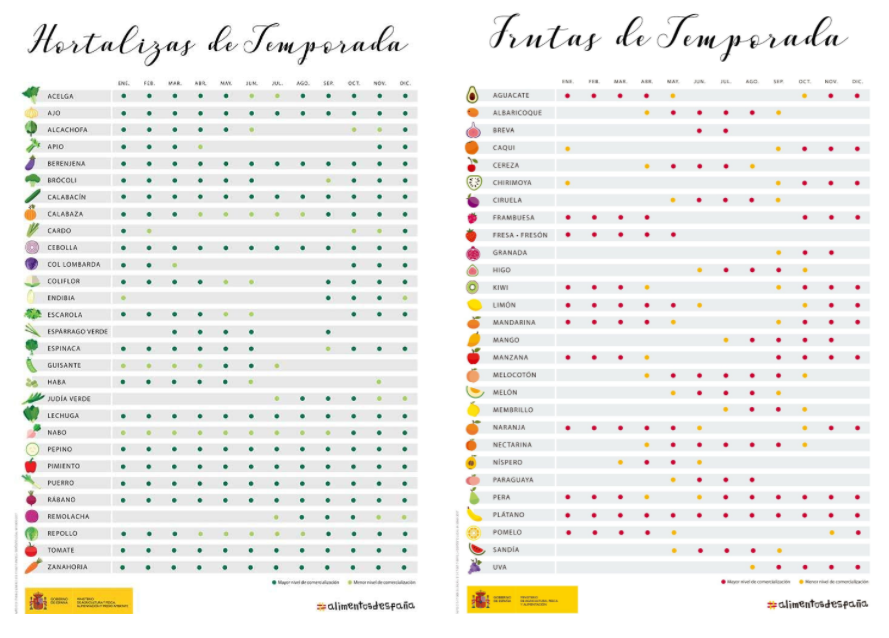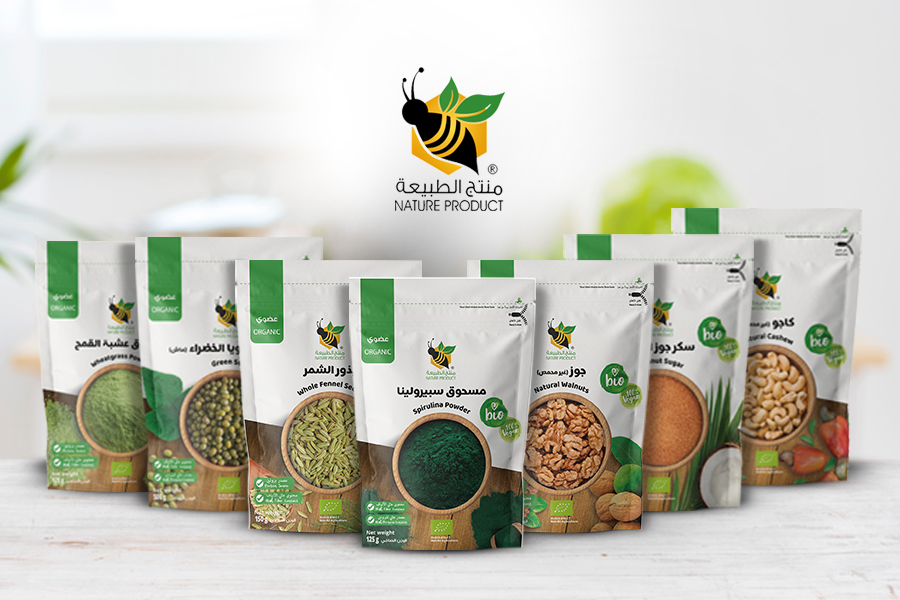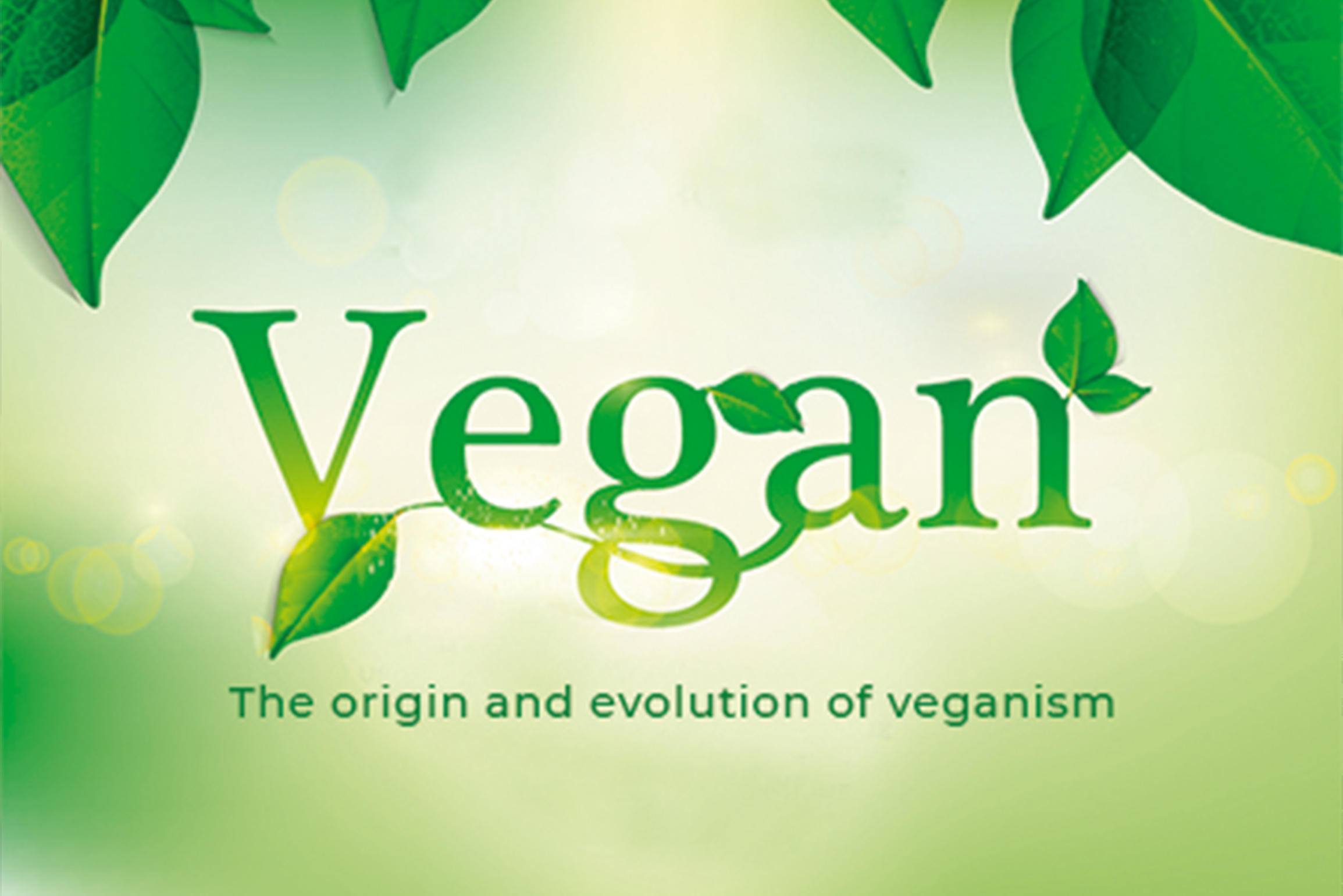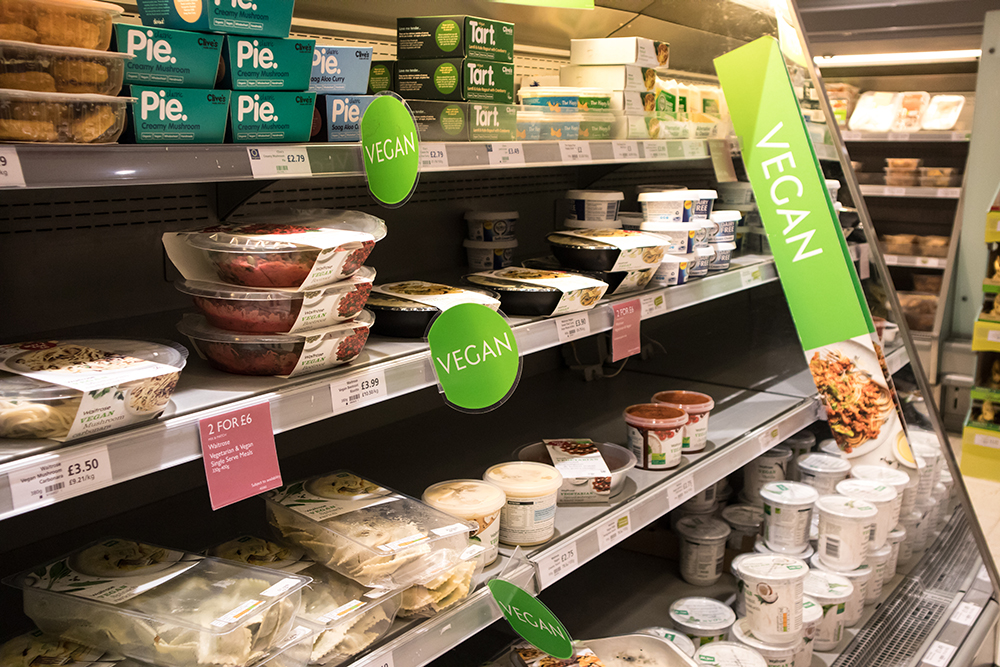Organic fruits and vegetables, classification, why to choose them, benefits and seasons.
Organic fruit and vegetables are becoming more and more widespread and there are many reasons why supermarkets around the world are starting to include a greater number of food products certified as organic. In this post we’ll tell you about some of the benefits of eating organic fruit and vegetables. We’ll also look at why following the growing seasons of agricultural produce is healthier, for both the environment and the human body. Finally, we’ll go through some of the types of fruits and vegetables you can find in our Organic Products Export Platform which you can use to send your customers fresh organic products each week.
Before we start, let’s explore some of the principal questions relating to the topic of this blogpost.
How can you tell if a product is organic?
Organic products come labelled with organic or eco-labels. These help provide the end customer with confidence in the production process behind the product.
If you’d like to know more, check out our post “Standards and Certification of Organic Products.”
How are organic fruit and vegetables produced?
For a product to be considered organic, it must comply with several basic rules:
- Crop rotation.
- Limiting the use of synthetic pesticides.
- Prohibition of GMO use.
- Adaptation of crops to location.
- Selection of plant species that are resistant to diseases.
- Use of natural resources near to the cultivation area.
Scientific studies on the benefits of organic fruit and vegetables
At Organic Boosting we like to inform our clients about the technological advances in environmental matters. We also think it’s important to keep you up to date with the most recent scientific studies on organic production, the benefits of organic agriculture and livestock, and everything relating to the health of humans and the planet.
On this occasion we’d like to share with you a review by Axel Mie that was published in the magazine Environmental Health (2017). This review, based on more than 200 scientific studies involving analyses of organic food, determined that most organic products “may reduce the risk of allergic disease and of overweight and obesity,” although it also said that more studies would be needed in order to quantify the results. The review also concluded that reducing the use of fertilizers, insecticides and herbicides improves food quality and avoids long-term problems. Preliminary studies suggest that certain pesticides affect children’s cognitive development. Axel Mie also points out that the use of antibiotics in food animals selects for bacteria resistant to antibiotics used in humans.
Another study, carried out by the University of Newcastle and published in the British journal British Journal of Nutrition, contradicted the figures and results of the 2009 FSA study – which claimed to have found no significant differences or nutritional benefits in organic food – stating that organically-produced food contains 69% more antioxidants than conventional food, and that organically-produced crops show lower levels of toxic heavy metals, such as cadmium (50% less). In addition, the report noted that eating organic cereals, fruit and vegetables provides the equivalent volume of antioxidants to eating one or two additional portions of fruit or vegetables a day. The study reviewed 343 scientific publications, compared to 46 publications reviewed by the FSA.
Why are organic products better for the environment?
Going organic has a positive impact on the environment, as well as on people’s health. The study “Agro-Ecological Practices of Adaptation to Climate Change” carried out by The Spanish Society of Organic Agriculture (SEAE) highlights the artificialization of industrial agriculture production systems and the abuse of chemicals which have led to an increase in greenhouse gases. It also points to increased pollution of rivers, air, and land, as well as increased energy and water consumption.
As we pointed out at the start of this article, organic farming selects plant species that are more resistant to disease, that depend on the area, and that use natural resources close to the cultivation areas to generate less impact on the environment, without forgetting the essential rotation of crops to protect the soil.
The charts below display the main types of fruit and vegetables, and their seasonal cultivation calendar.
Which types of fruit are there?
There are a variety of fruit categories. In this blog post we’ll classify them according to their acidity, distinguishing between acid, semi-acid, neutral and sweet fruits.
Some examples of acid fruits are: lemon, sour apple, orange, pineapple, tamarind, and grapefruit.
Semi-acid fruits include strawberry, lime, mandarin, mango, peach, and nectarine.
Neutral fruits include almond, hazelnut, peanut, cocoa, chestnut, coconut, macadamia, walnut and pistachio.
Sweet fruits include apricot, cherry, custard apple, plum, date, pomegranate, gooseberry, guava, apple, papaya, pear, melon, watermelon, grape, and fig.
Which types of vegetable are there?
One of the ways of classifying vegetables is according to the part of the plant that is eaten.
- Leafy vegetables: chard, celery, lettuce, cabbage, spinach, endive
- Stem vegetables: cardoons, asparagus
- Inflorescent vegetables: cauliflower, broccoli
- Cruciferous vegetables: Brussels sprouts
- Sprouting vegetables: alfalfa, bean sprouts
- Fruit vegetables: eggplants, zucchinis, tomatoes, peppers, cucumber, string beans
- Root vegetables: turnip, carrot, beetroot
- Tubers (underground stalks): potatoes, sweet potatoes, cassava
- Bulbs (thickened stalks): onion, garlic
- Legumes: usually considered on the fringes of traditional vegetables, these include peas, lentils, chickpeas, traditional beans, soya beans, etc.
What are the advantages of using our Automated Export Platform for Organic Products?
Our easy-to-use platform enables you to see which fresh fruit and vegetables are available each season and organize weekly shipments. Arrange and optimize the content of your pallets and purchase under a single company name. If you’d like to know about the other advantages of using the Organic Boosting app to place your orders, make sure to read our post “The Advantages of Working with our App.”
We hope you enjoyed this blog post and that it has given you a better idea of the benefits of organic fruit and vegetables, and the importance of going organic to take better care of our planet. See you in future posts!


